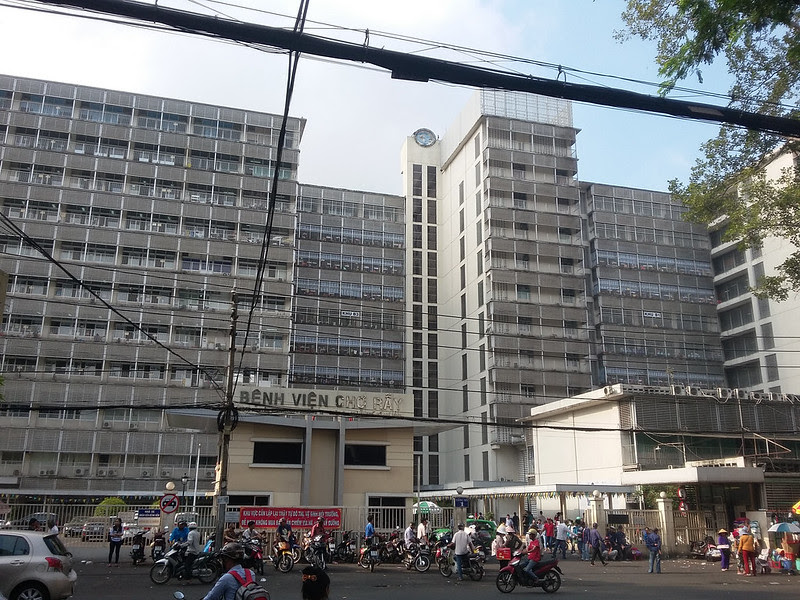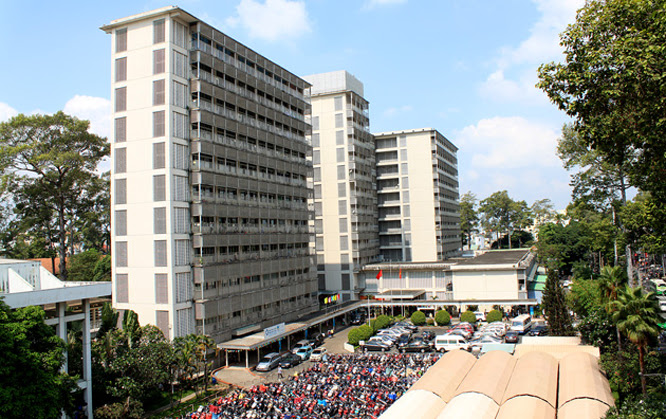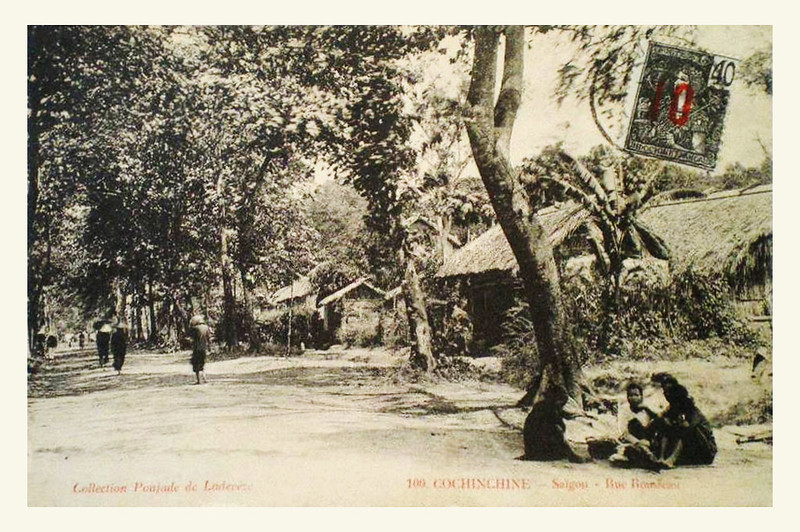
Cho Ray Hospital is one of the four oldest hospitals in Saigon along with Gia Dinh People’s Hospital, Children’s Hospital 2 (formerly Military Hospital) and Tropical Hospital (Cho Quan Hospital).
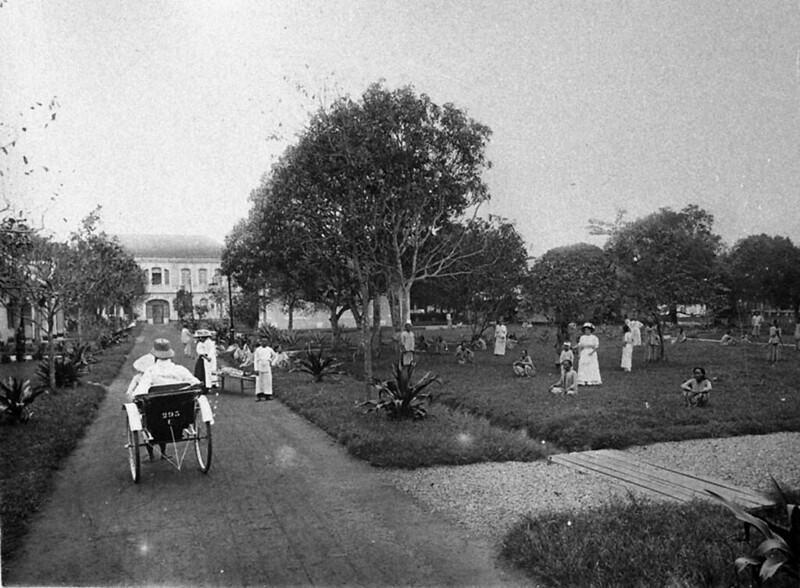
Cho Ray Hospital was established in 1900, at that time the French name was Hôpital Municipal de Cholon (Hospital of Cho Lon town) in Saigon. This is one of the earliest French medical facilities established in Vietnam together with the Pasteur Institute in Saigon in 1891, the Pasteur Institute in Nha Trang in 1895.
Cho Ray Hospital was built on a high ground with an area of over 50,000 m² with French-style buildings, 2 floors high, which was formerly a market for buying and selling agricultural products of the Chinese, with the dyke being Cho Ray. And since then, people are still used to calling it Cho Ray Hospital and this dam is used intellectually to this day.
Nguyen Binh Khiem Street – The street in Cho Lon is Boulevard Armand Rousseau, before 1975 is Tran Hoang Quan Boulevard, today is Nguyen Chi Thanh Street, passing in front of Cho Ray Hospital.

The first name of the Hospital was L’Hôpital Municipal, then it was changed to Hôpital Indigène, when the hospital was built, the French had dedicated it to treating diseases for indigenous people. The entire cost of construction and medicine at that time were spent by the doctors and hospital staff for indigenous people, in 1909 alone, there were more than 2,603 people inpatient treatment and 49 visits. surgery, all patients are treated completely free of charge including vaccinations at that time.

In the campus of the Institute, there is a very large garden for people, a separate inpatient department for indigenous people and a nursing school of the Institute, in 1909 there were 6 students. Indigenous students can study here for free, besides, they also contribute financial and material resources, building more hospitals, schools, and infrastructure for the locality where they reside.
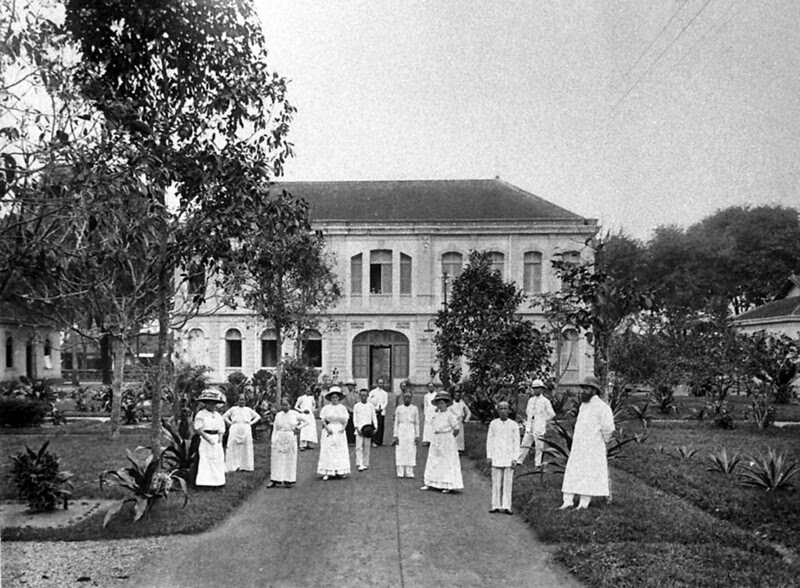
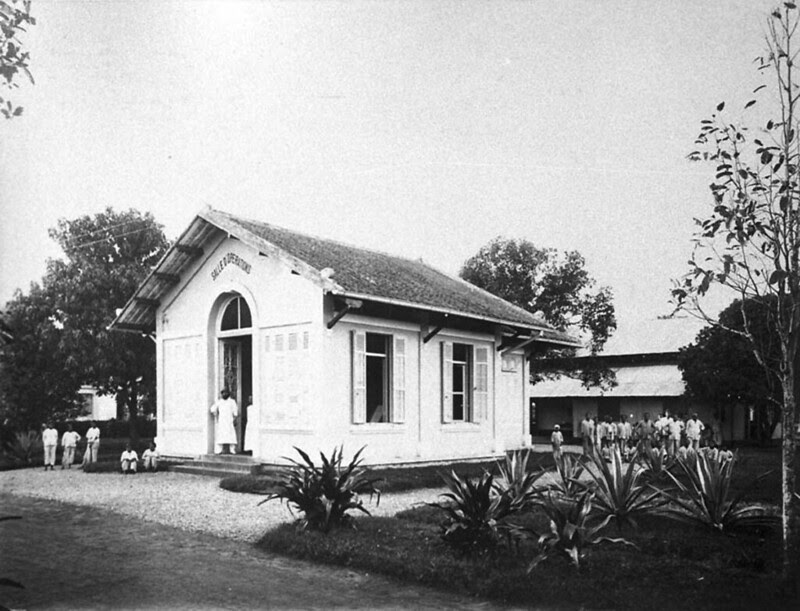

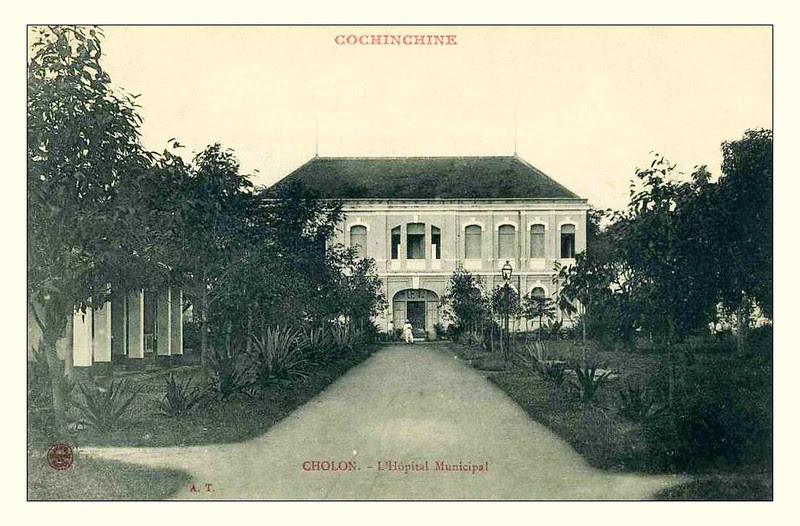
In the early period, Cho Ray Hospital changed many times:
In 1919: changed the name to Hôpital Indigene de Cochinchine (Cochinchina indigenous institute).


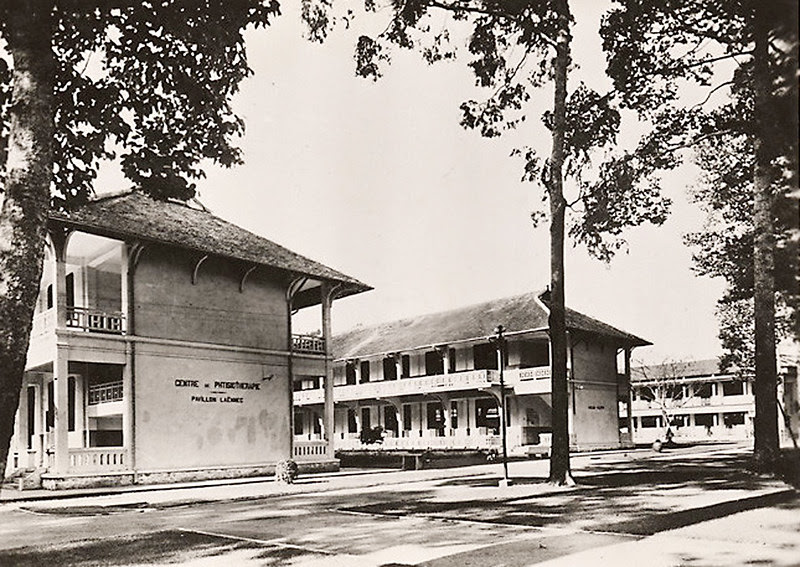
1938: changed тêɴ to Hôpital Lalung Bonnaire.
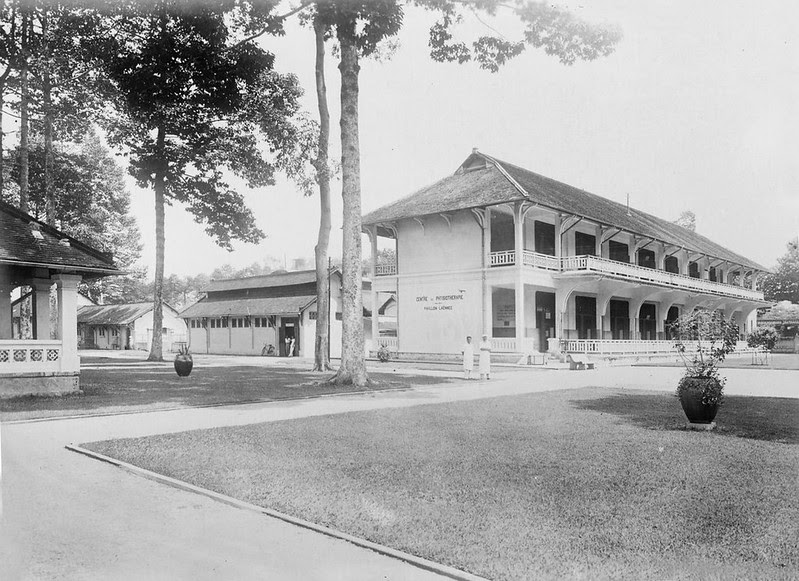
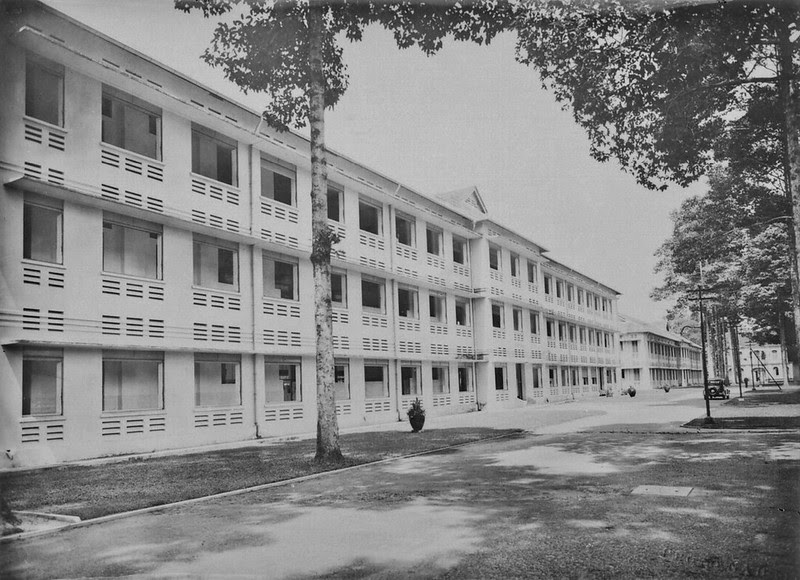
1945: changed тêɴ to Hôpital 415. After that, it was split into two clinics, Ham Nghi and Nam Viet.
In 1957, these two clinics merged to form Cho Ray Hospital. This marks the time when the hospital brought the Cho Ray dyke. Cho Ray Hospital, in addition to its function as a treatment facility, is also the campus of the Saigon Medical University under the Saigon University Institute. Cho Ray is a practical hospital for internal medicine, surgery, otolaryngology, ophthalmology, and a place where mechanics is taught.

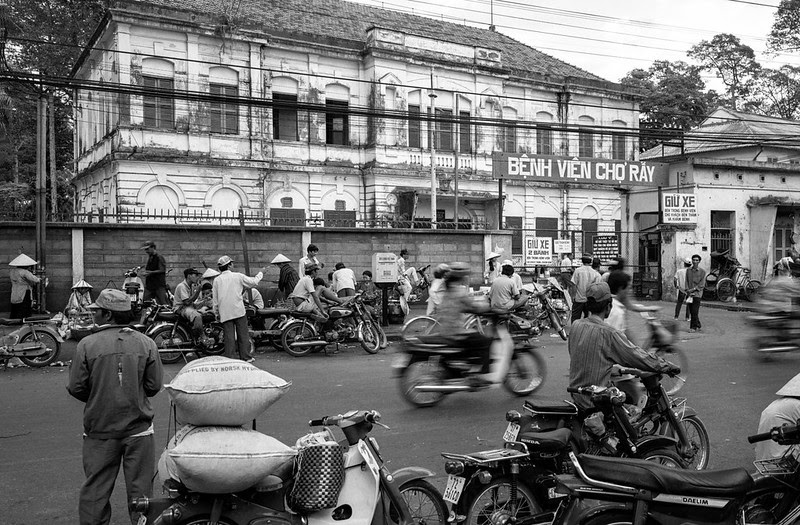

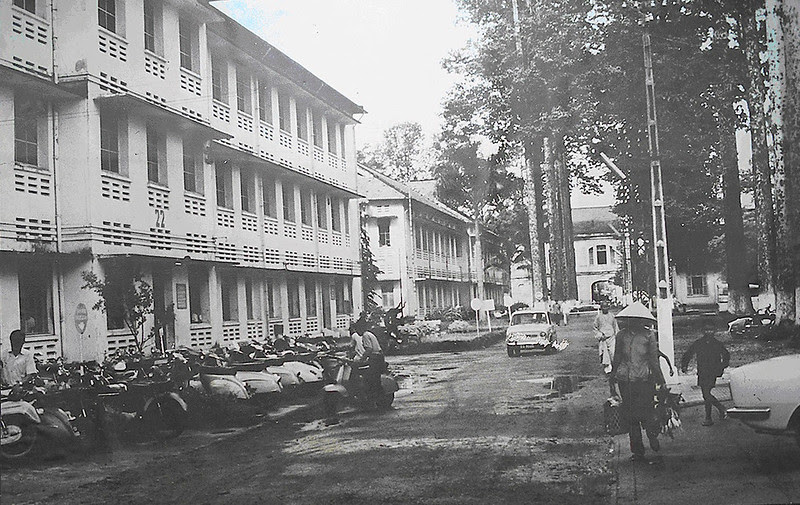
1993–1995: The Japanese government continued to provide non-refundable aid to upgrade hospital facilities.
Currently, Cho Ray Hospital is a complete general hospital, special ranking, the last technical line of 37 southern provinces and cities, directly under the Ministry of Health of Vietnam.
In 2010, the hospital was ranked Special by the Ministry of Health with a total of more than 66 clinical and paraclinical departments and many other specialties.
